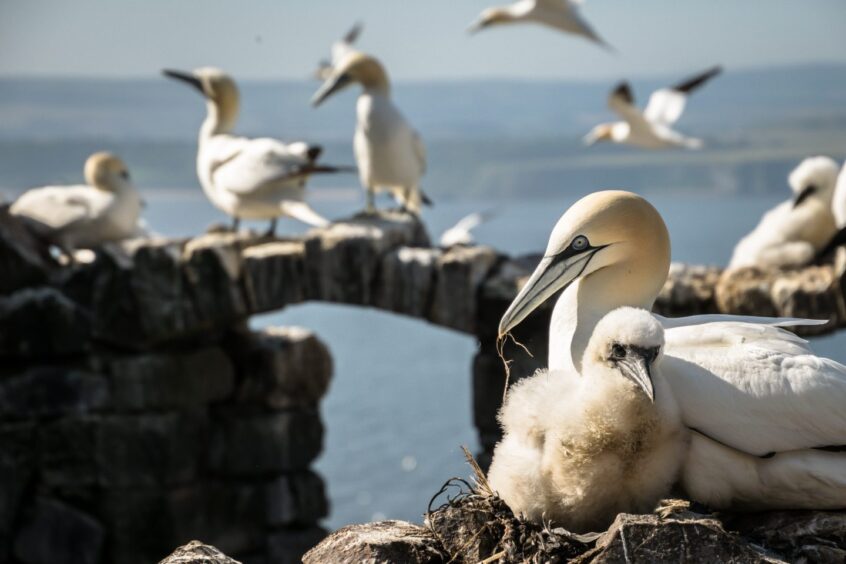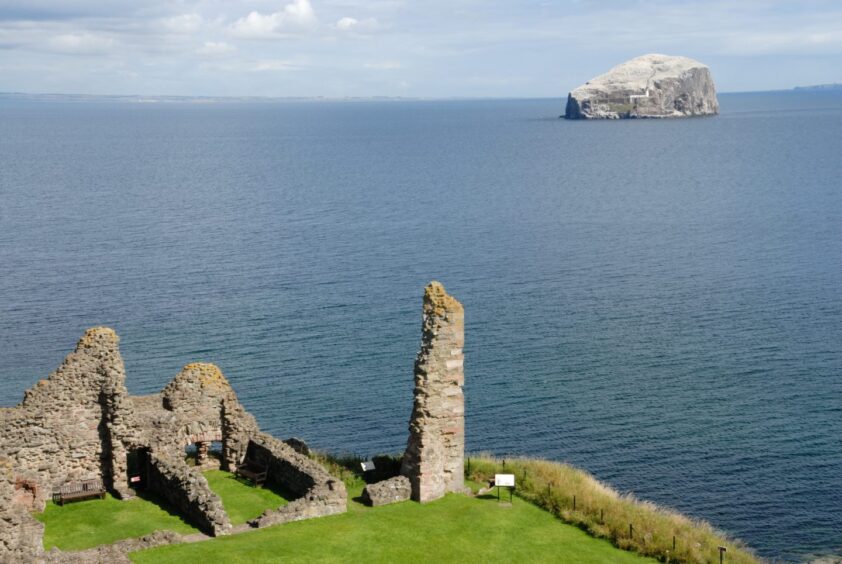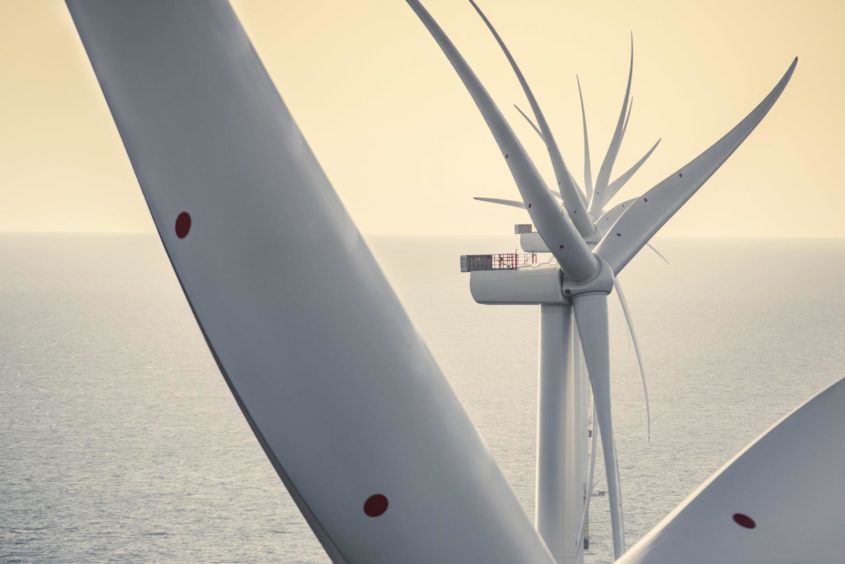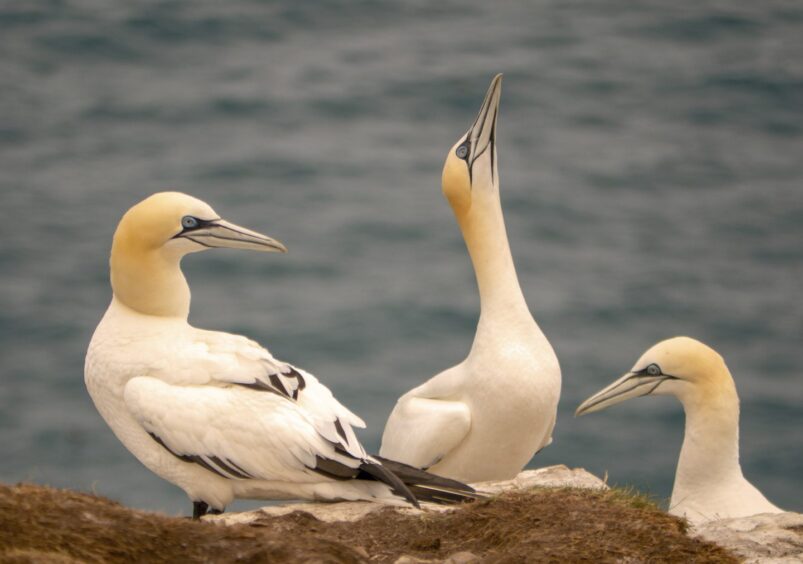
SSE Renewables has caused a stir in the Outer Hebrides after the company discussed limiting a 400-year-old traditional bird hunt to compensate for the effects of a wind farm.
Men from the community of Ness, on the Isle of Lewis, have taken part in the ‘guga hunt’, the last remaining sanctioned bird hunt in Britain, for generations.
The hunt sees men from Ness travel to the rocky outcrop of Sula Sgeir every August to harvest young gannets, known locally as ‘guga’.
Although the killing of gannets was outlawed across the UK in 1954, the Sula Sgeir guga hunt operates under a special licence issued by NatureScot with an annual quota set at 2,000 birds.
While not advocating for the measure, a document submitted “without prejudice” by SSE Renewables as part of the planning consent process for its Berwick Bank offshore wind farm proposed halving the quota to 1,000.
SSE Renewables project close to world’s largest gannet colony
The 4.1 GW Berwick Bank project is located close to 250 miles away from Sula Sgeir in the Firth of Forth.
The Berwick Bank site is close to Bass Rock, home to the world’s largest colony of northern gannets.
SSE Renewables maintained it believed there would be no adverse effect on the Bass Rock gannet colony caused by Berwick Bank and therefore the compensatory measure would not be necessary.
NatureScot and the RSPB have raised concerns over the wind farm’s potential impact on the 150,000 nearby seabirds.
In response to their concerns, the SSE Renewables submission said limiting the hunt could be implemented “should the Scottish Ministers conclude gannet compensation is required”.
The company estimated cutting the hunt quota would add around 258 birds per year to the Sula Sgeir population and “would compensate for the modelled impacts of Berwick Bank”.
Ness locals angered by ‘guga hunt’ quota reduction
The idea received a negative reaction from Ness locals after the document was posted on social media by Aberdeen based Murdo MacRitchie.
Originally from Ness, Mr MacRitchie said the guga hunters were “angry” about any suggestion the annual quota could be reduced.
In the document, SSE Renewables said if required it would negotiate with the Men of Ness, the group which organises the guga hunt, and consider providing “additional benefits” without specifying what that could involve.
If the company failed to reach an agreement, SSE said the measure could be secured through “the mechanism of reducing the cull in the annual licence granted for as long as compensation is required to offset impacts from Berwick Bank”.
However, in a statement to Energy Voice a spokesperson for NatureScot denied it could unilaterally reduce the hunt quota.
“To be clear, the exemption which allows for the Guga Hunt to be licenced is included in legislation and therefore cannot be removed or reduced by NatureScot as compensation measures for a development,” the spokesperson said.
The spokesperson said NatureScot was currently assessing the “ecological feasibility of the proposed compensation measures for gannet” and its advice would be provided to the Scottish government by the end of October.
SSE Renewables not advocating for quota cut
A spokesperson for SSE Renewables said the company was not advocating any changes to the quota numbers for Sula Sgeir.
“As part of the extensive consenting process for Berwick Bank offshore wind farm we were asked to provide additional information on wider gannet population compensation measures.” the spokesperson said.
“As the paper says, we provided this for information purposes and ‘without prejudice’.
“Separately, we have made the case that no measures are needed for the gannet population as a result of the Berwick Bank project.”
SSE Renewables emphasised the final decision on any gannet compensatory measures would be taken by Scottish government ministers.
The guga hunt has been cancelled in three out of the last four years due to the COVID pandemic and the effects of avian flu.
The annual hunt has caused controversy in recent years, with police investigating threats made against the guga hunters in 2017.
Recommended for you


 © Supplied by Willie Shand
© Supplied by Willie Shand © Supplied by SSE Renewables
© Supplied by SSE Renewables © Supplied by Bill Thain, Macduff
© Supplied by Bill Thain, Macduff